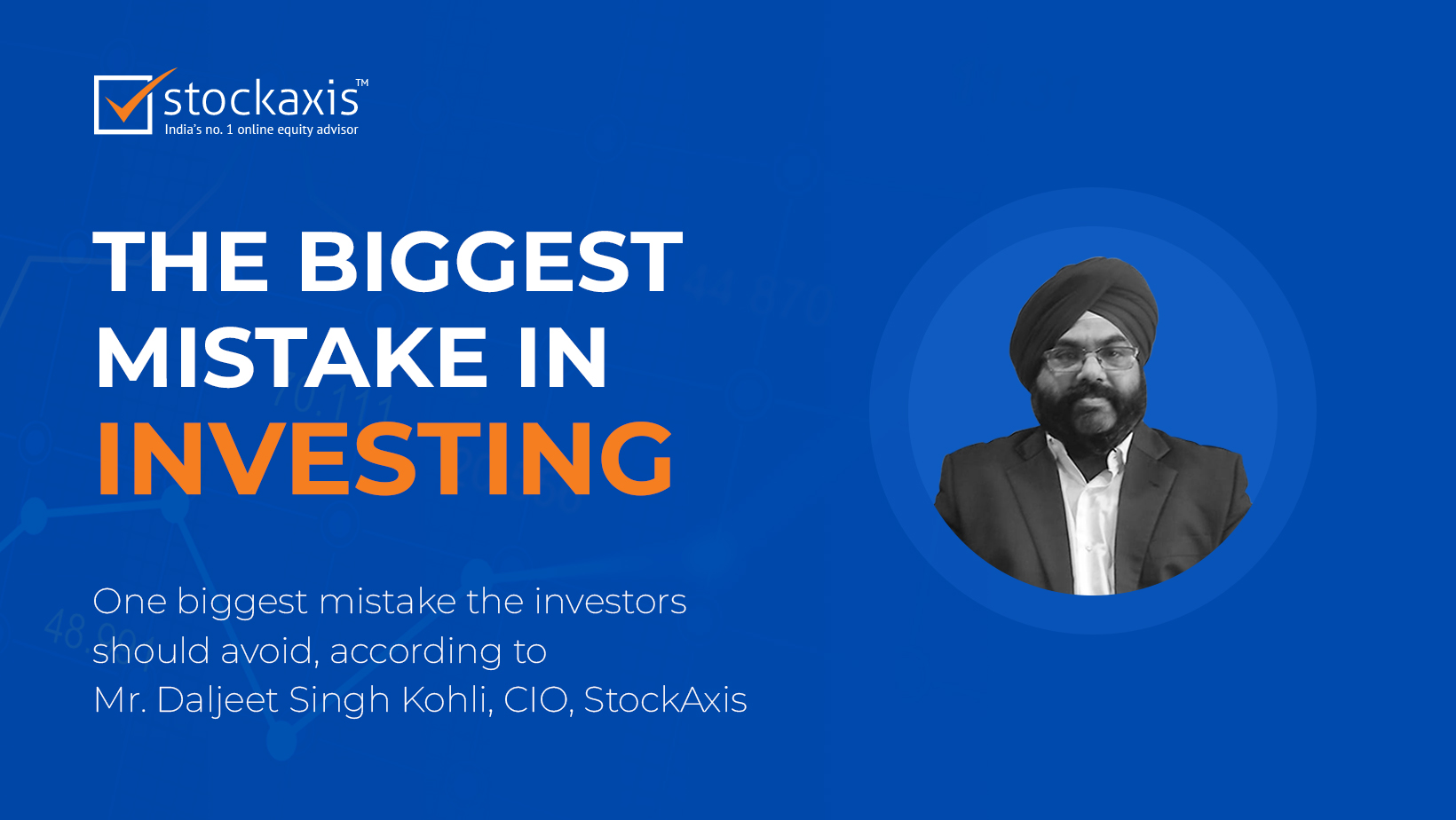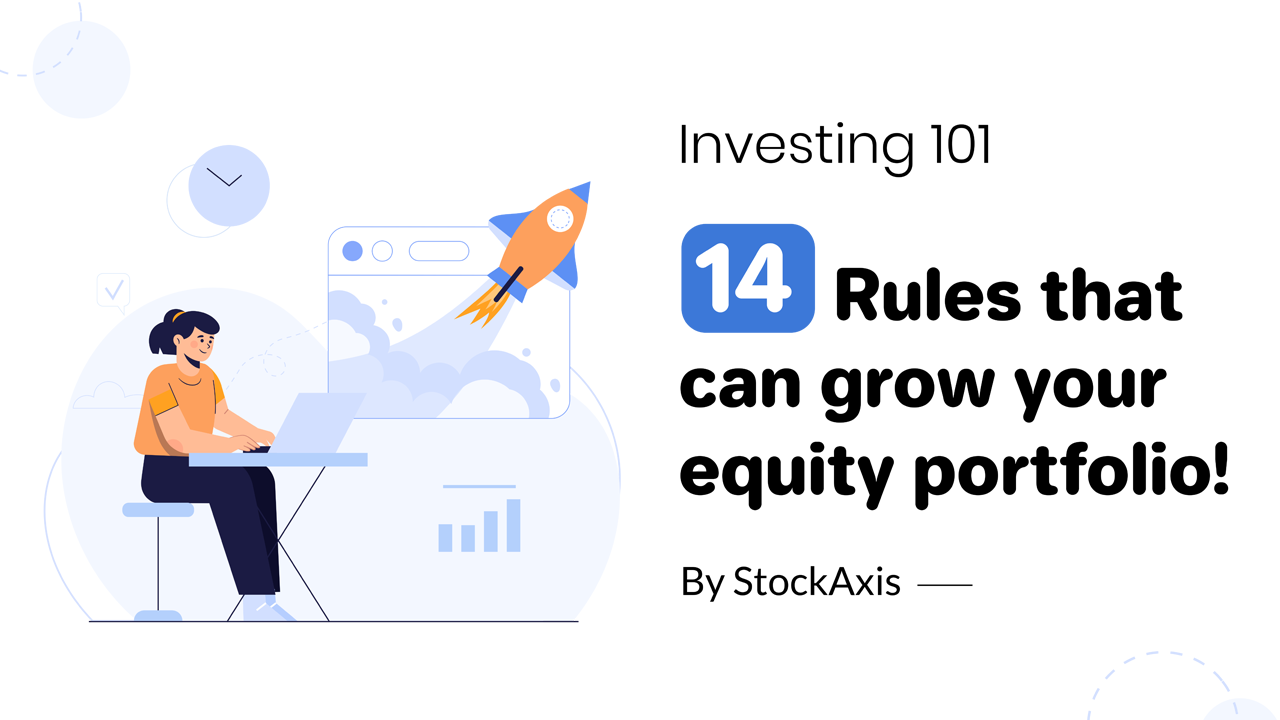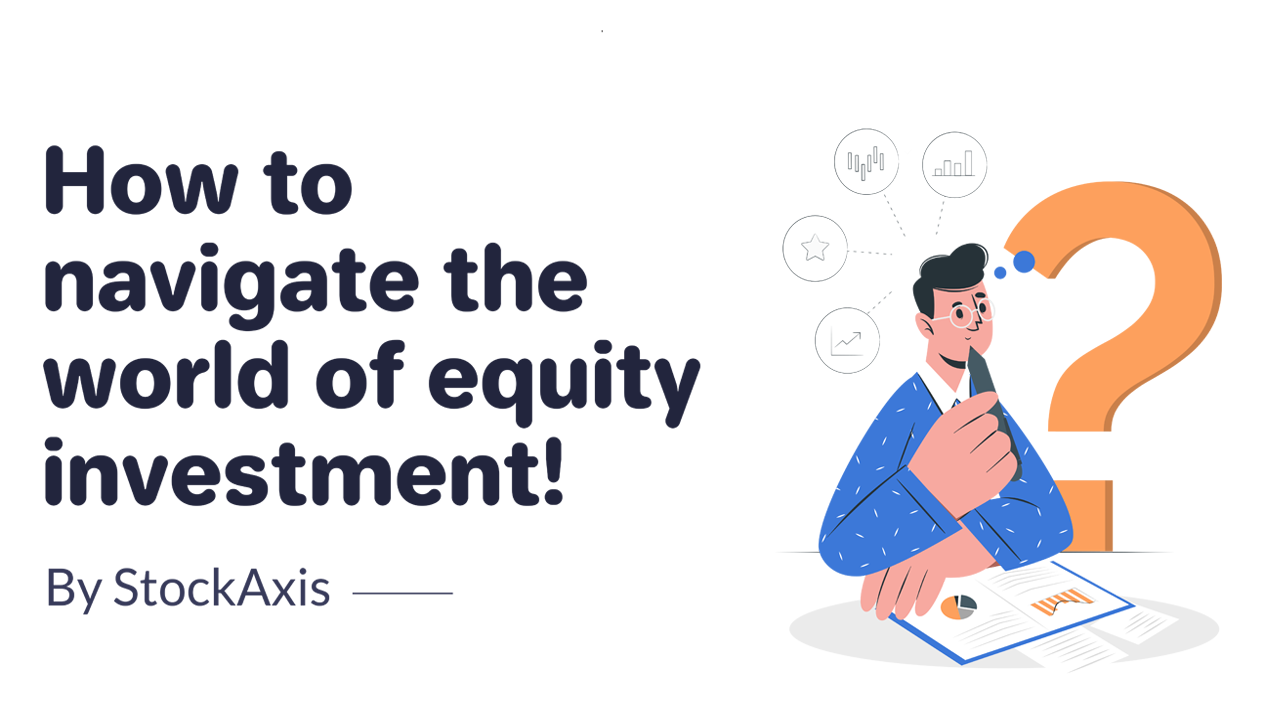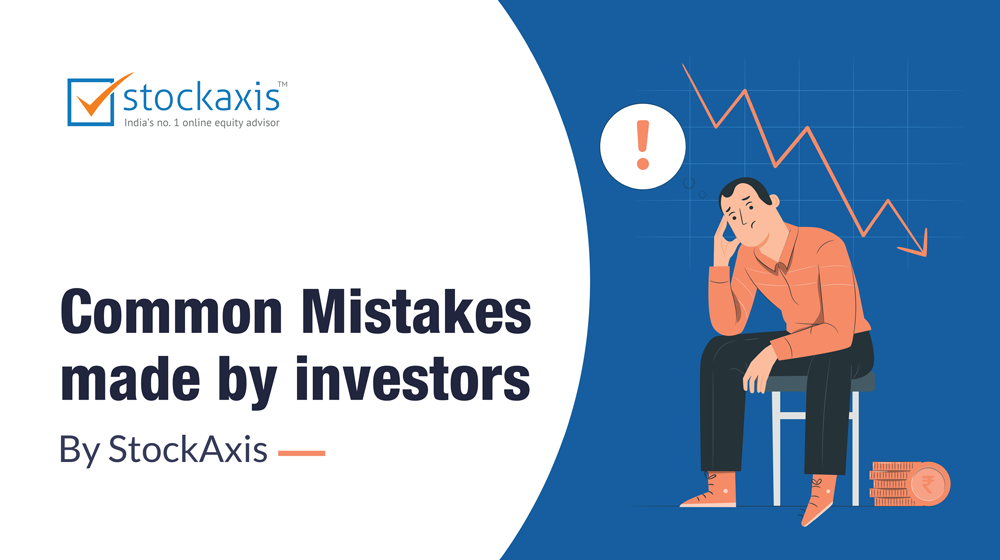Why Buy Stocks?
Welcome to Learn by stockaxis!
Congratulations on taking the first step towards securing your financial future! At stockaxis, we're excited to guide you on this journey. Investing is a powerful tool that can help you achieve your long-term goals and build wealth. Our mission is to empower you with the knowledge and skills necessary to make informed investment decisions that align with your personal goals.
With numerous investment options available, it's essential to understand the fundamentals of investing to create a tailored strategy that suits your needs. Our comprehensive lessons will provide you with a solid foundation in investing, enabling you to navigate any market conditions with confidence.
By the end of this course, you'll be ready to start investing with confidence!
Why Buy Stocks?
Have you ever wanted to own a business? With stocks, you can do just that—without the hassle of managing daily operations. By purchasing stocks, you become a shareholder in a company, allowing your investment to work for you around the clock. Thanks to the power of compounding, your money has the potential to grow significantly over time.
Stocks are among the most profitable investment options available and are highly liquid. This liquidity means you can easily buy stocks in the stock market, own a part of a company, and sell your stake whenever you choose.
Ways to Profit from Stocks
- Dividends: As a shareholder, you can receive dividends, which are portions of a company's profits distributed to investors. This provides a regular income stream from your investment.
- Capital Gains: As a company grows and improves its operations, its stock price typically increases. By holding onto your stock, you can benefit from this appreciation and sell it later for a capital gain.
Additionally, stocks are an excellent investment option for combating inflation. Unlike gold and fixed deposits, which primarily act as hedges against inflation, and insurance policies, which serve as risk covers, stocks offer the potential for significant returns that can outpace inflation.
Financial Goals
Setting your financial goals is the crucial first step in your investment journey. The earlier you start thinking about investing, the better, because investing is fundamentally a time game. This is due to the power of compounding, a concept you'll understand more as we proceed.
Imagine this: if you invest ₹50,000 today, it could grow to ₹22,62,962 in 40 years with a 10% return on investment (ROI). Compounding is the magical element of successful investing. The younger you start and the more patient you are, the greater your future returns will be. This principle underscores the idea that in the world of stocks, it's about ‘time in the market’ rather than ‘timing the market’.
You don't need ₹50,000 to begin investing. You can start with a smaller amount and consistently add to your investment over time. You'll be amazed at how quickly your investment can grow. For instance, if you start with an initial ₹50,000 investment and add ₹5,000 monthly, after 40 years, you'd have approximately ₹2,88,18,516.
While you will have both winners and losers in your portfolio, learning to identify good companies can lead to some stocks increasing tenfold (or more) in value over the years. The best advantage you can give yourself is to start early and let the power of compounding work its magic.
The Magical Effect of Compounding
So, what exactly is compounding?
In the simplest terms, compounding occurs when your money starts earning returns on its own returns. This means your investment grows faster than it would if you were merely adding a fixed amount every month.
Because compounding builds on your returns, it's recommended to start investing early. Compounding is one of the simplest yet most effective ways to build wealth. Many Indians prefer a ‘savings culture’ over an ‘investing culture’ due to perceived risks associated with investing. Often, people say, "I can’t afford to start investing." The truth is, you can’t afford not to start investing because time is the critical factor, not the amount of money.
Without the magic of compounding, if you save ₹50,000 every year, you would have ₹10,00,000 after 20 years. However, by utilizing the power of compounding, you can significantly boost your returns.
For example, if you start with an FD worth ₹50,000 earning 5% annually and keep adding ₹50,000 every year, after 20 years, your ₹10.50 lakhs investment will grow to ₹18.69 lakhs at 5% per annum. Sounds good? Consider the average rate of inflation in India, which is around 5-6%. Still sounds good?
When it comes to stocks, historical data shows that since the NSE was incorporated by SEBI in 1992, the average stock market return is around 17%. However, no two years are the same. For instance, in 1989, the average stock market return was 31.5%, while the very next year, it was -3.1%. While these fluctuations might seem concerning, remember that these figures represent an average across the entire stock market.
With access to quality research, such as that provided by stockaxis, and by investing wisely, you can build substantial wealth from the stock markets. Consider an example with an average rate of return of 15% per annum for an equity portfolio starting with ₹50,000 and adding ₹50,000 each year. After 20 years, your ₹10.50 lakhs investment would grow to ₹67.09 lakhs at 15% per annum.
Still Thinking Whether You Should Start Investing?
Always Pay Yourself First
Now that you've decided to start investing, the next question is how to build your investment fund. The answer is straightforward: save before you invest.
If you struggle with saving money, you need to develop discipline. Start by paying yourself first before spending on anything else. This means transferring a set amount to your savings or investment fund before addressing your other expenditures.
Instead of saving what you don't spend, spend what you don't save. Think of this as investing in yourself. Learn to prioritize paying yourself first.
How Much Should You Save?
Ideally, setting aside 10% of your earnings is a good start, but remember that something is better than nothing. This might sound challenging if you struggle to manage your money or expenses, but having less at hand means you'll spend less. You'll be surprised at how quickly you can adapt to spending a bit less.
Your first instinct might be to invest this 10% into the stock market to benefit from compounding. However, if you have any upcoming expenditures, it's best to keep this amount liquid or in cash. This ensures you won't have to sell your investments prematurely and potentially lose money in a down market.
Once you've built up an emergency fund, you can start investing.
3 Easy Steps to Start Saving
As mentioned in the previous chapter, it's important to build a cash cushion for emergencies before you start investing. This prevents you from having to sell investments prematurely and potentially incurring losses in a down market. A successful investor understands that short-term market fluctuations can lead to temporary losses.
We recommend a long-term buy-and-hold investment philosophy for the stock market. With a cash cushion, you can weather downtrends without selling your investments and wait for the market to recover. Aim to build up a cash cushion equivalent to at least three months' salary. While this may seem challenging, it becomes manageable with time and consistent effort.
Step #1: Eliminate Your Short-Term Debts
High-interest short-term debts, such as unpaid credit card bills, can severely impact your financial health, especially with interest rates of 20%-25%. You can't build long-term wealth while paying such high interest on short-term debt. Therefore, your first step should be to eliminate these debts. This will also free up more money for saving and investing once you're no longer burdened by high-interest payments.
Step #2: Make Every Rupee Count
Frugality is key to building up savings. Before making a purchase, ask yourself, “Is this what I really want to invest in?” Adopting this mindset is crucial for becoming a successful investor. You can’t invest if you don’t save, so cutting back on expenses and making thoughtful financial decisions are essential parts of your investment journey. Remember, this effort will be rewarding in the future, so stay motivated.
Step #3: Track Your Spending
If you find yourself wondering where all your money went by the end of the month, tracking and budgeting are essential. You might be surprised at how much you spend on seemingly small expenses, like daily lunches out or that extra cup of coffee from Starbucks. Tracking your expenses helps you keep them in check and manage your budget more effectively.
These small changes can significantly increase your overall wealth over time.
Time Horizon
When it comes to money, the time horizon plays a crucial role. By planning and choosing the right timeline, you can greatly reduce the chances of financial mismanagement and increase your chances of financial success.
Your timeline can be broadly divided into two categories:
- Funds you will need within one year.
- Funds you won’t need for at least one year.
Based on these categories, follow two simple rules.
Rule #1: Don’t Invest Funds You Will Need Within One Year in Stocks
It’s no fun to realize that your portfolio is down by 20%, 30%, or even 40% when you need to withdraw funds for a down payment on a house or car. Therefore, keep the funds you need within a year in a bank or liquid funds.
Rule #2: Invest Funds You Won’t Need Anytime Soon in Stocks
Now here's the fun part! Any funds you won’t need in the near future can start working for you. This is why you need to start saving as soon as possible—savings form the foundation of investment.
By investing in stocks, you take on bigger risks but also have the potential for bigger gains. When you invest funds that you don’t need immediately, you protect yourself from short-term market fluctuations. Over the course of a year or two, you might see your investment suffer a loss, but over a longer timeline, the stock market and great companies tend to grow and become more profitable.
Therefore, aim to invest with a 5-10 year timeline in mind. This approach will help you avoid withdrawing your funds during a downturn and incurring a loss.









